At the most recent Planning & Zoning meeting, Rich Feminella from the Greenwich Dept of Public Works Sewer Division explained a proposed town infrastructure project at 98 Strickland Road in Cos Cob being funded under the American Rescue Plan.
The application is to replace the existing pump station at 98 Strickland Road, that actively receives wastewater flow for Cos Cob and North Mianus.
Wastewater flows through the station at Strickland Rd, and from there it is pumped through a large diameter common force main to Davis Avenue by Bruce Park Ave that then flows by gravity to Grass Island to be treated.
For many years the town pumped wastewater from the Cos Cob station out to the surface waters in the Mianus River. In the 1960s, the town decided to make Grass Island the sole wastewater treatment plant and converted the Cos Cob station to a pumping station.
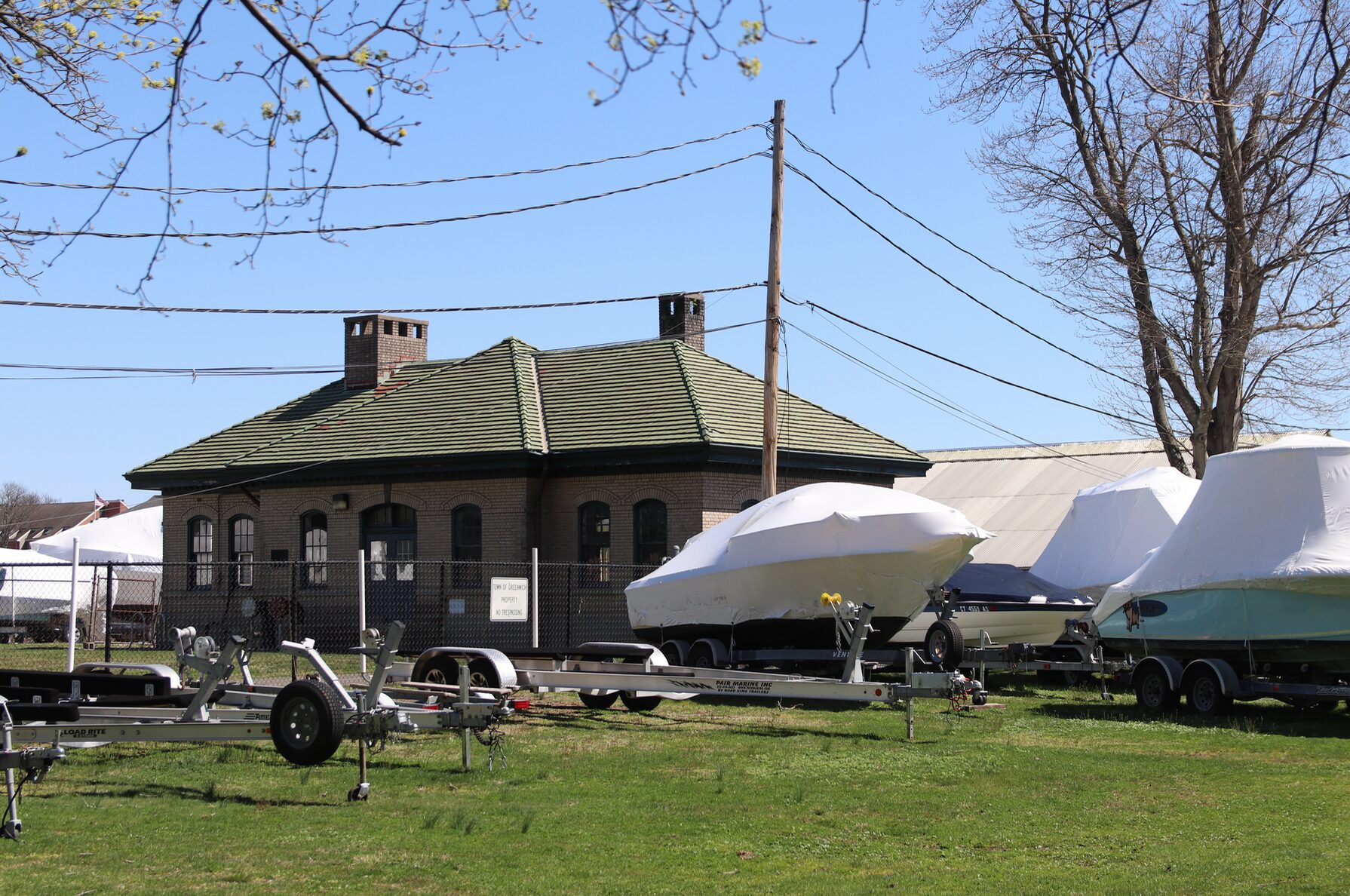
The existing pump stations is a century old. The property is adjacent to the Mianus River. April 2024 Photo: Leslie Yager
In addition to the pump house, buildings on the property include an old greenhouse that once contained sludge drying beds. Now it is used for Highway Division storage. The existing greenhouse building is no longer structurally sound and has been the topic of complaints from the community.
The new pump station would be built on the footprint of the greenhouse.
The existing pump station is 100 years old and has some corrosion. In addition to the presence of PCBs, the building has structural concerns.
Mr. Feminella said not only would it be extremely challenging to upgrade the existing pump station building to meet current building codes, but it would be impossible to meet today’s FEMA flood elevations.
Project Manager Gary Simard from AECOM said because it will be necessary to keep the existing pump station in service 24/7 during the project, they plan to swap the location of the pump station and material storage building.
First they would demolish the materials storage building and its underground superstructure and build a new sanitary sewer pump station there.
Once that the new pump station becomes operational, sewage flow would be switched into the new building.
Then they would demolish the existing pump station to build a new materials storage building. When complete it would be used by both DPW Highway Division and the Sewer Division to store items such as manhole frames and covers, catch basins, piping and other assorted materials.
They propose to recreate the look of the existing pump station in the new storage building.
It will be unheated and have no plumbing, though it would have overhead fans for ventilation and electric service would be above the flood elevation.
The building will mimic the existing building’s arched windows. It will be equipped with roof mounted solar panels.
The storage building will be designed with flood vents to make it flood-able, and there will be adequate room to store the pipes that have been in the front yard of the station for several years. (They are on hand for emergency repairs).
P&Z Chair Margarita Alban said it would be communicated to the Architectural Review Committee that the commission seeks “tweaks” that would incorporate the “historical aura” of the existing building but not add cost.
Today the pump station is designed for 1.4 million gallons a day on average, but has a peak capacity of about 6 million gallons. The sewer boundary will not change but the capacity of the pump station would increase.
Commissioner Peter Levy praised the building’s corbelling, roof tiles, chimneys, window wells and overall symmetry, and said he’d like more features to be preserved.
Ms Siebert explained the building itself could not be preserved.
“The current pump station has to be demolished for a number of reasons,” said Siebert. “A large part of that would be the environmental contamination of the station itself. The materials within the station – we can’t keep that station running, renovate the station and meet the environmental remediation standards. That thing is going to have to go away because of the PCBs and materials in that station.”
Mr. Levy said the significant aspects of the historic design could be reproduced and incorporated in the new building – specifically the scale.
“It has nice, soft detailing, and it would go a long way to creating a very nice story about what is important to the town,” Levy said.
Ms Alban said the commission would convey that desire to ARC.
Because of the timeline related to the ARPA funds, the idea is to appear before ARC on April 17 and return to P&Z on the April 30 agenda for a decision.
Due to phasing of this project, the current projection for completion is in 2028.

Pump station at 98 Strickland Road in Cos Cob. April 2024. Photo: Leslie Yager

The property is also home to the Mianus River Boat & Yacht Club, who have a lease with the town. April 2024 Photo: Leslie Yager

Greenhouse building behind the pump house is used for storage today. April 2024 Photo: Leslie Yager
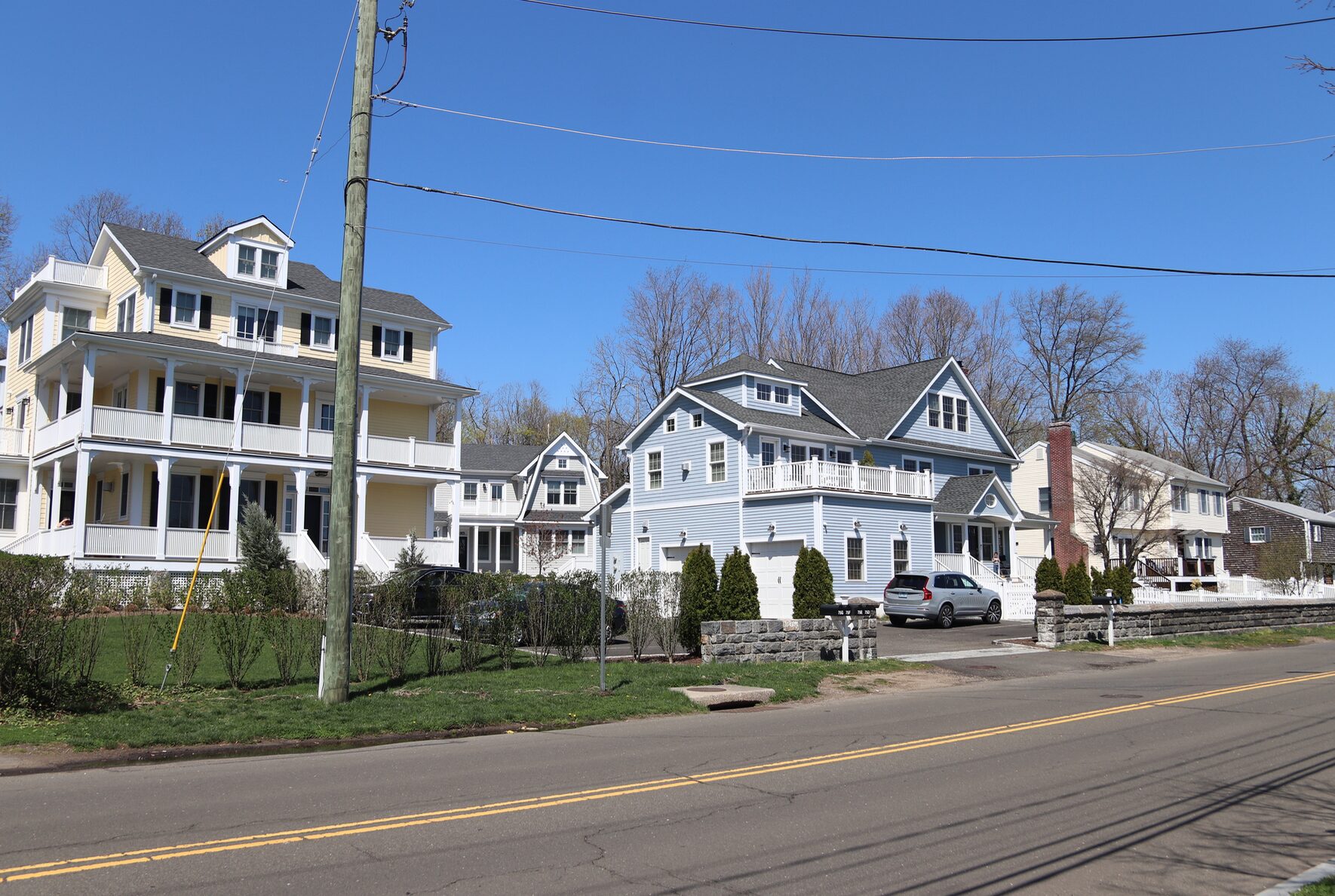
Homes across the street from the pump station on Strickland Road. April 2024 Photo: Leslie Yager
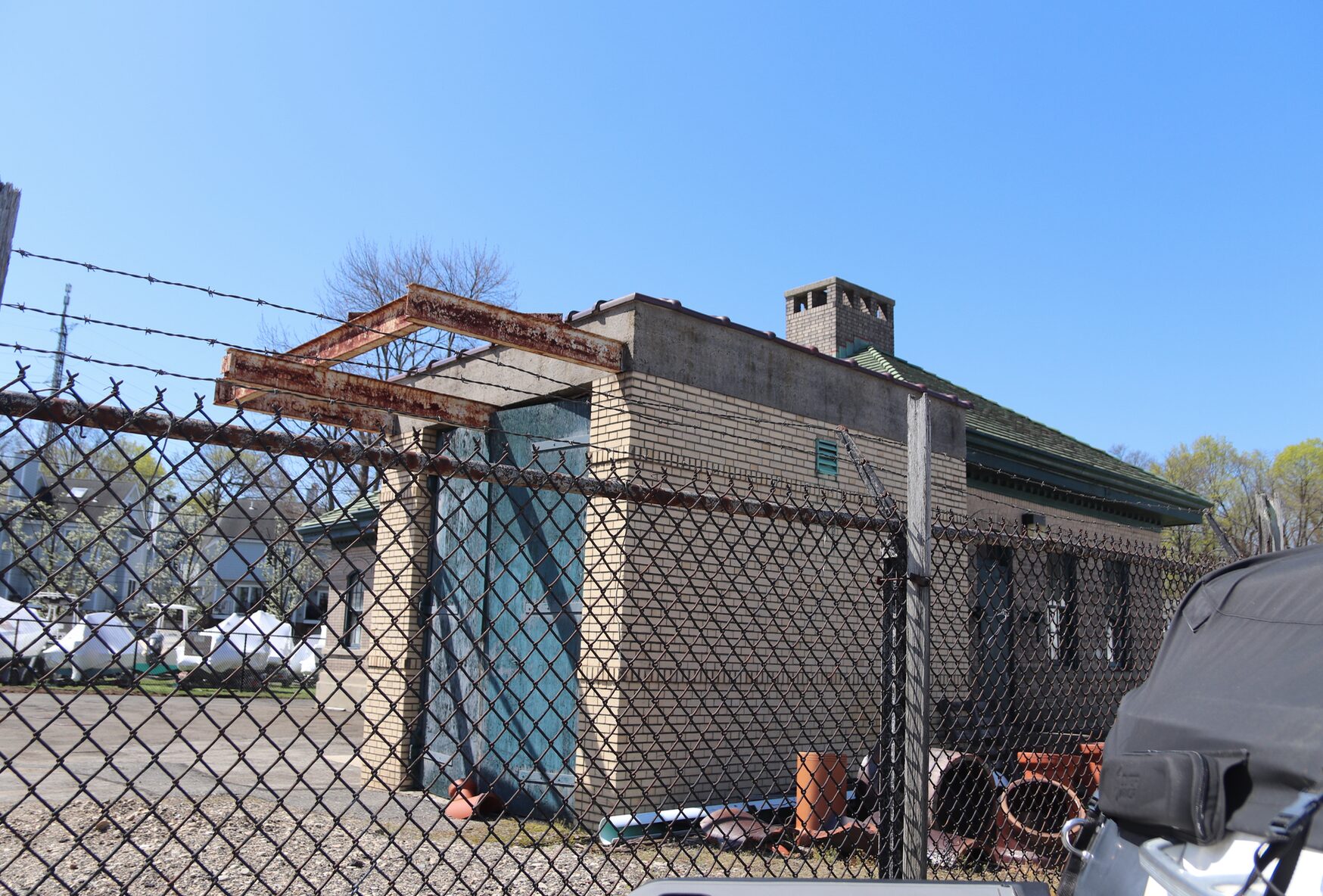
Back of pump station on 98 Strickland Rd. April 2024 Photo: Leslie Yager
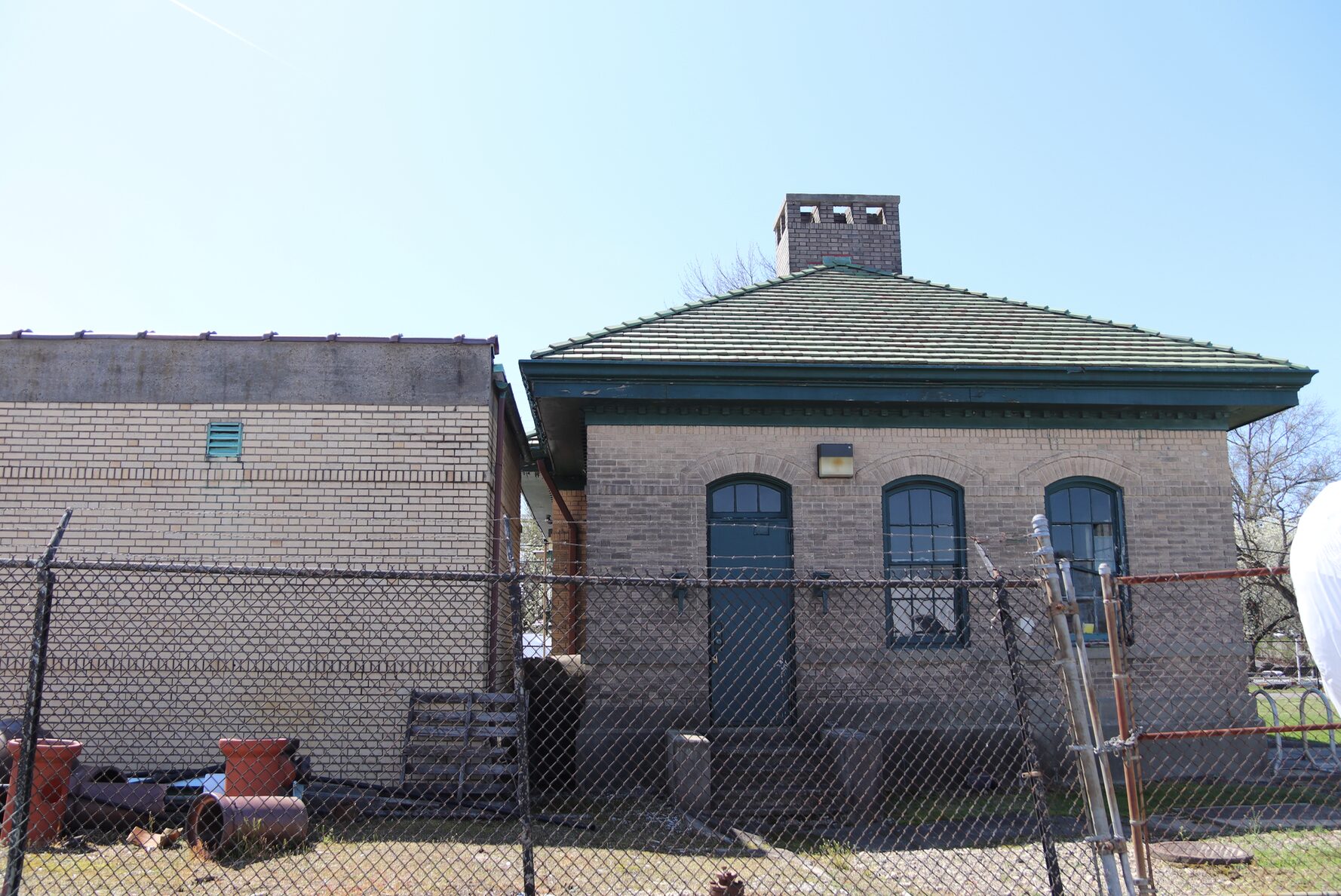
Side view of the pump station. April 2024
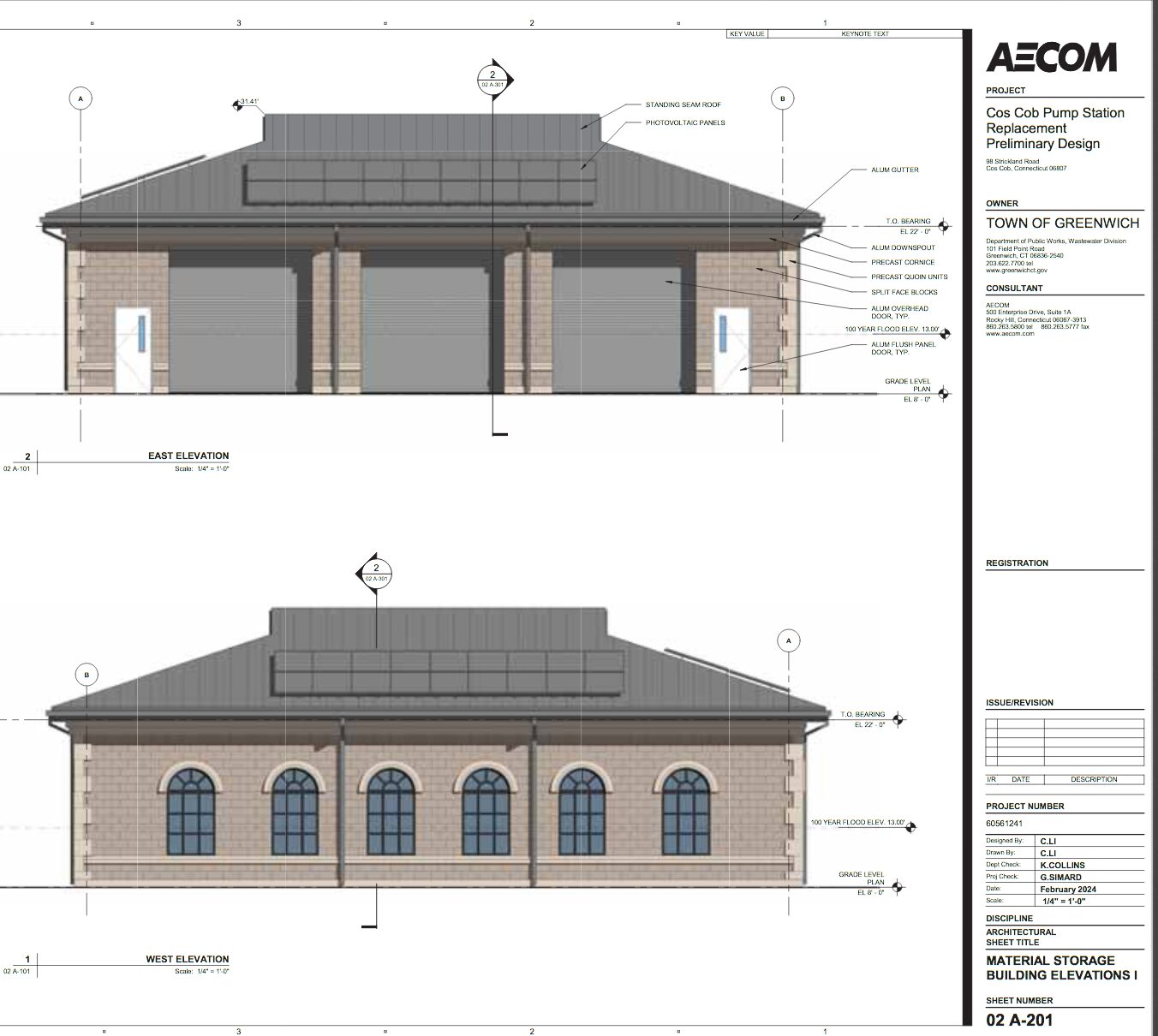
The pump station will be elevated to be flood proofed to three feet above the 100-year flood plain elevation per guidance of the Connecticut Department of Energy & Environmental Protection.
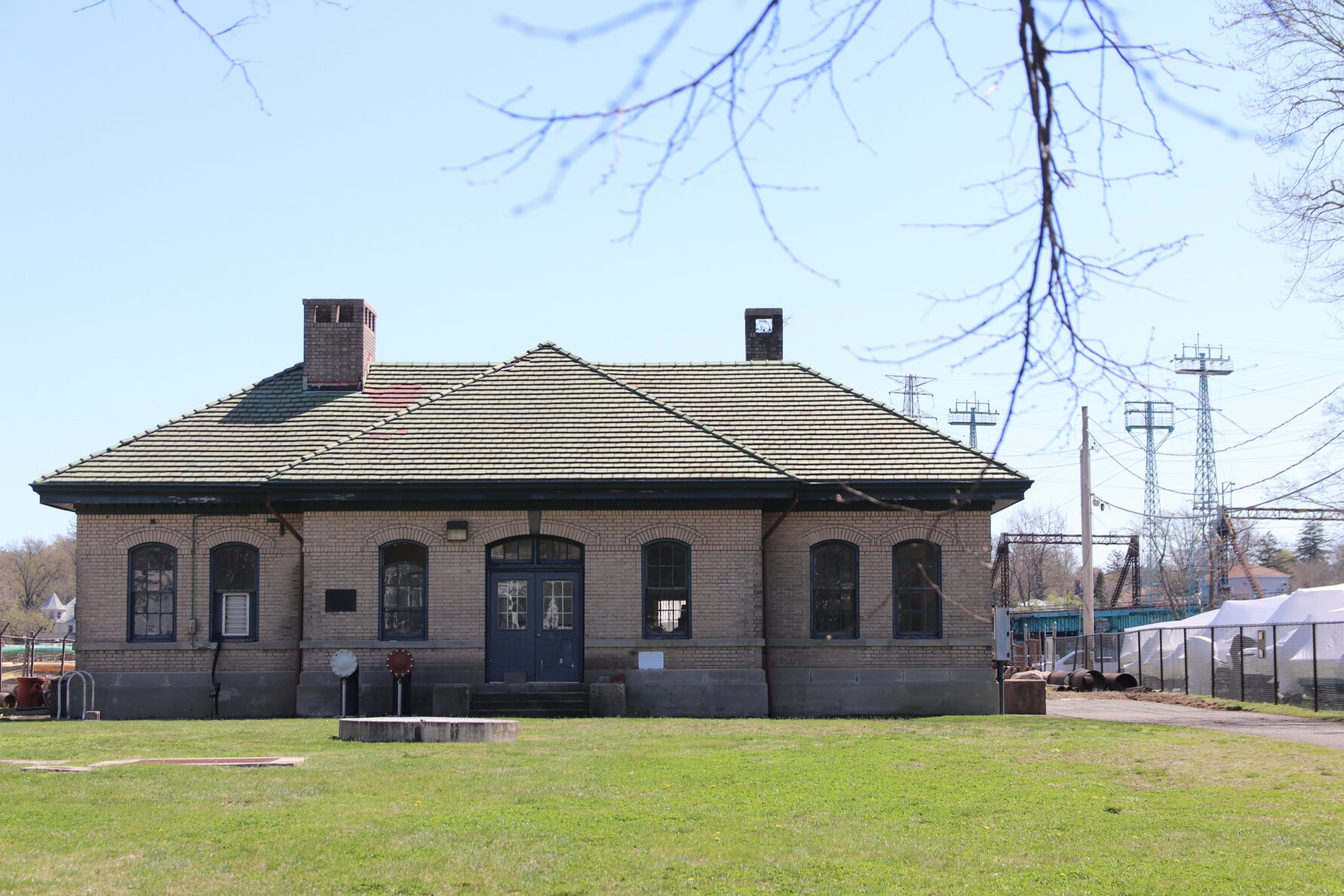
Existing pump station at 98 Strickland Road in Cos Cob. April 2024 Photo: Leslie Yager
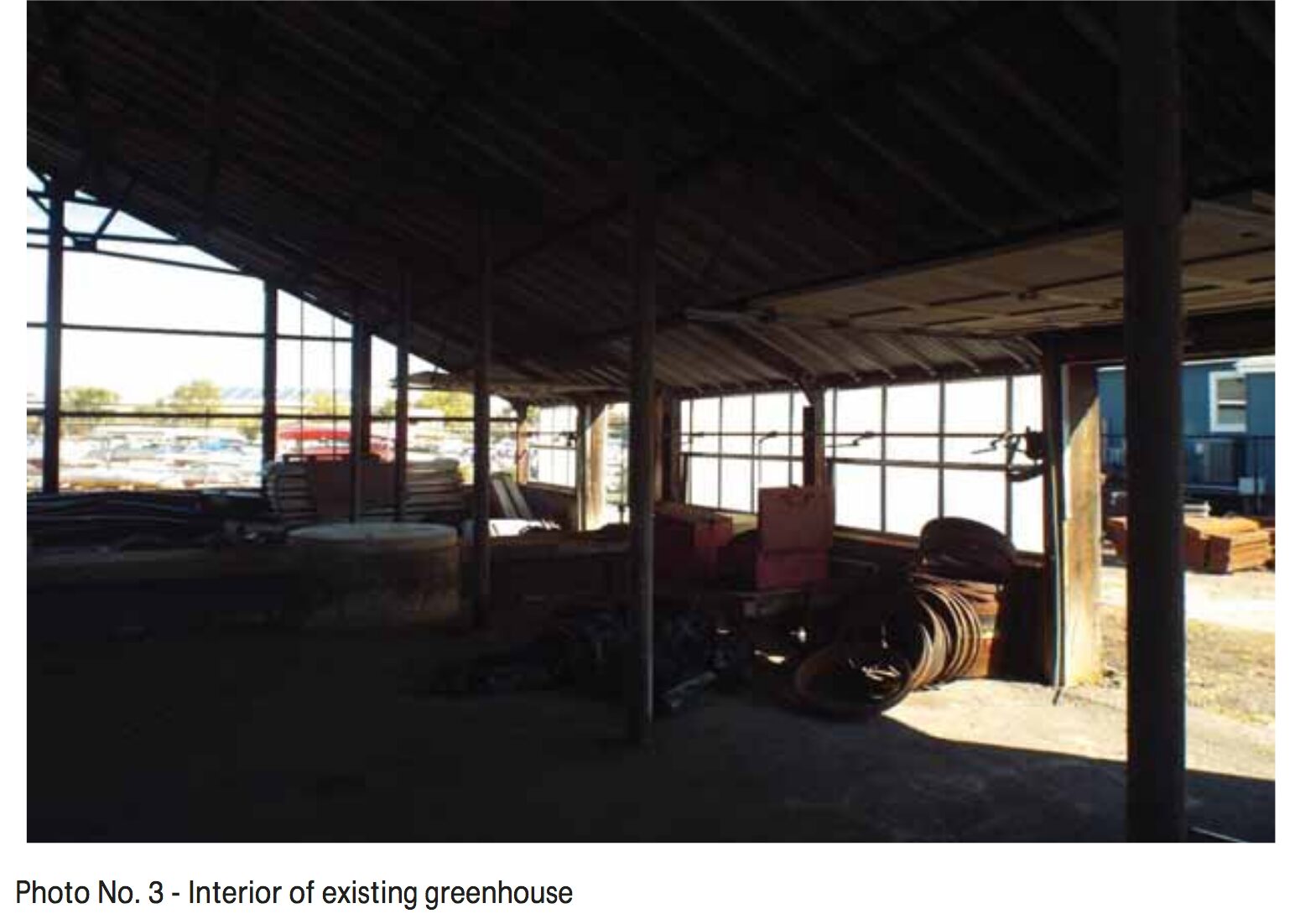
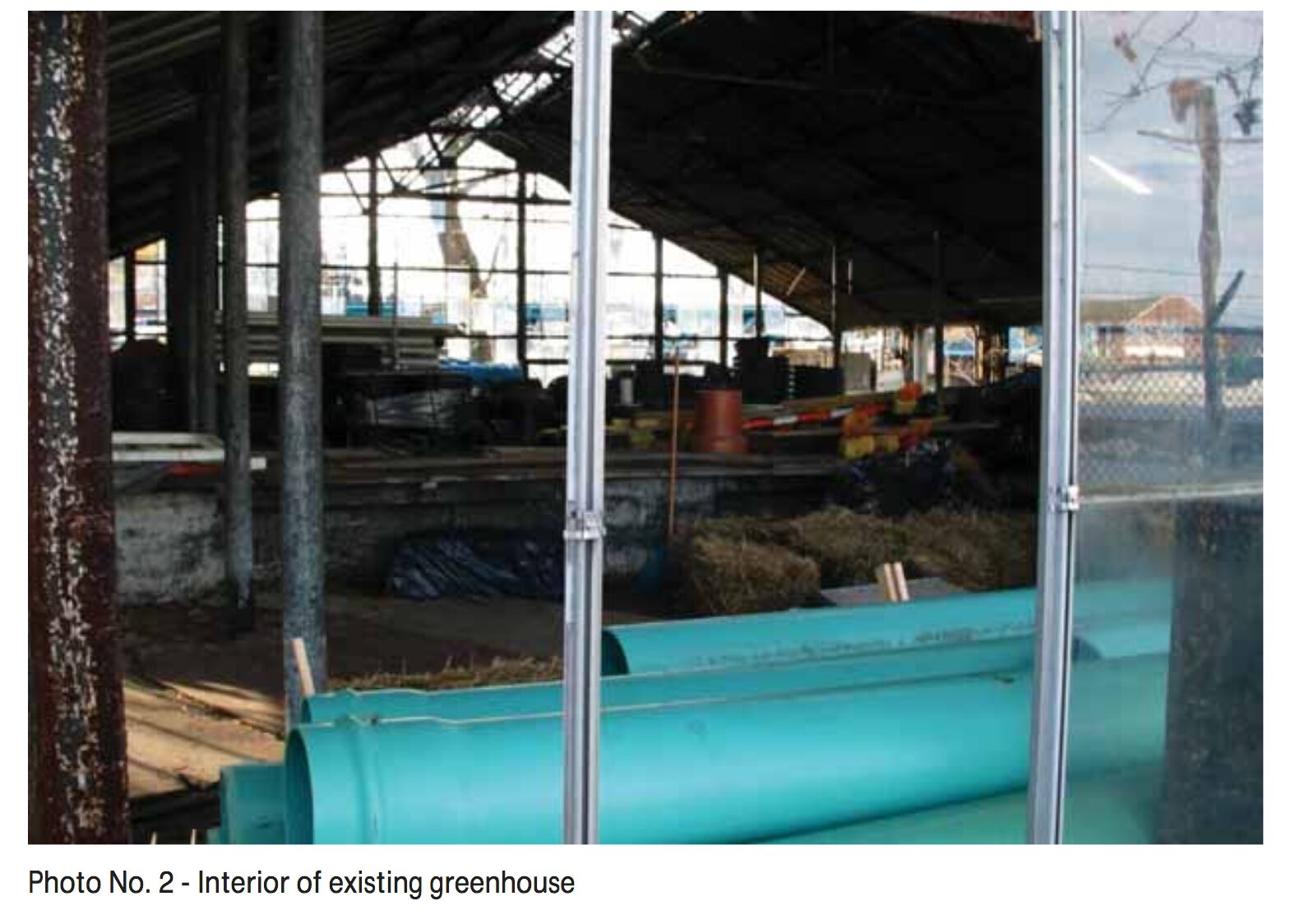
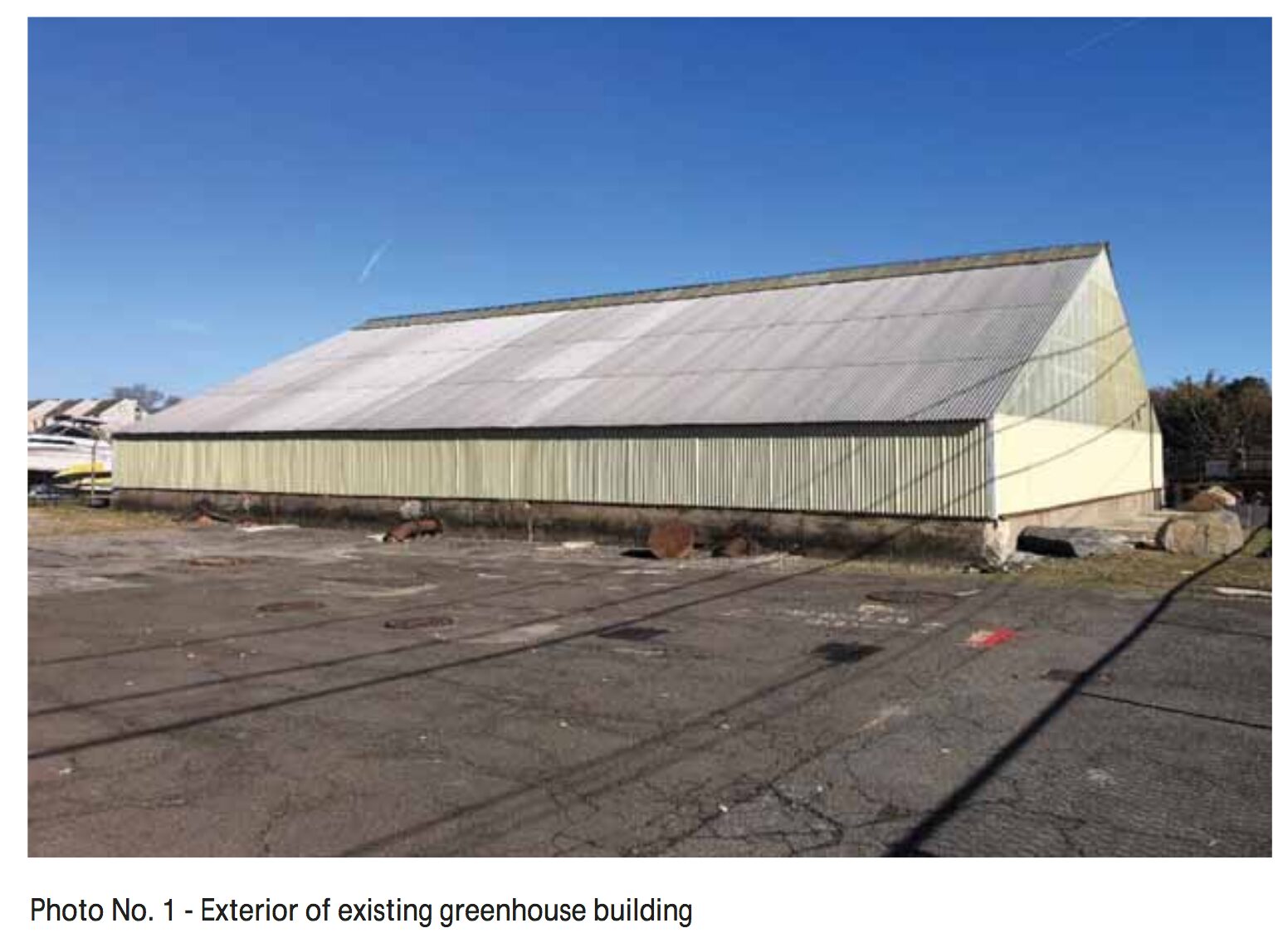

The new storage building will have more room and the pipes that have been on the lawn for several years will have a place to be stored. April 2024 Photo: Leslie Yager

The Mianus River Boat and Yacht Club is on the parcel but operates independently and is not part of the proposed pump station and storage building project. On the north there is a parking area and boat launch ramp. 98 Strickland Road is adjacent to the Mianus River.